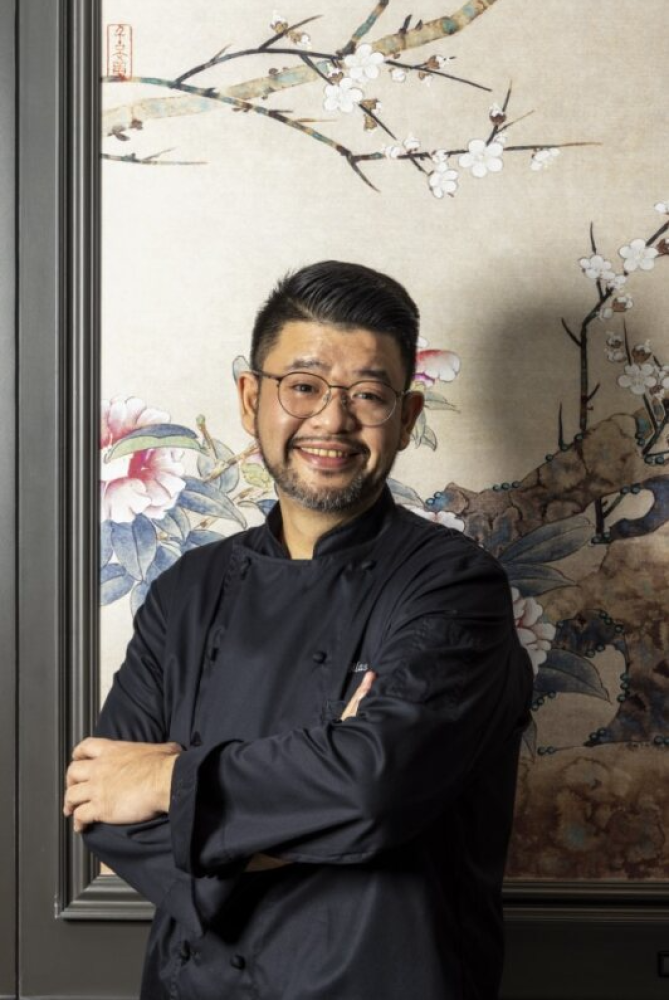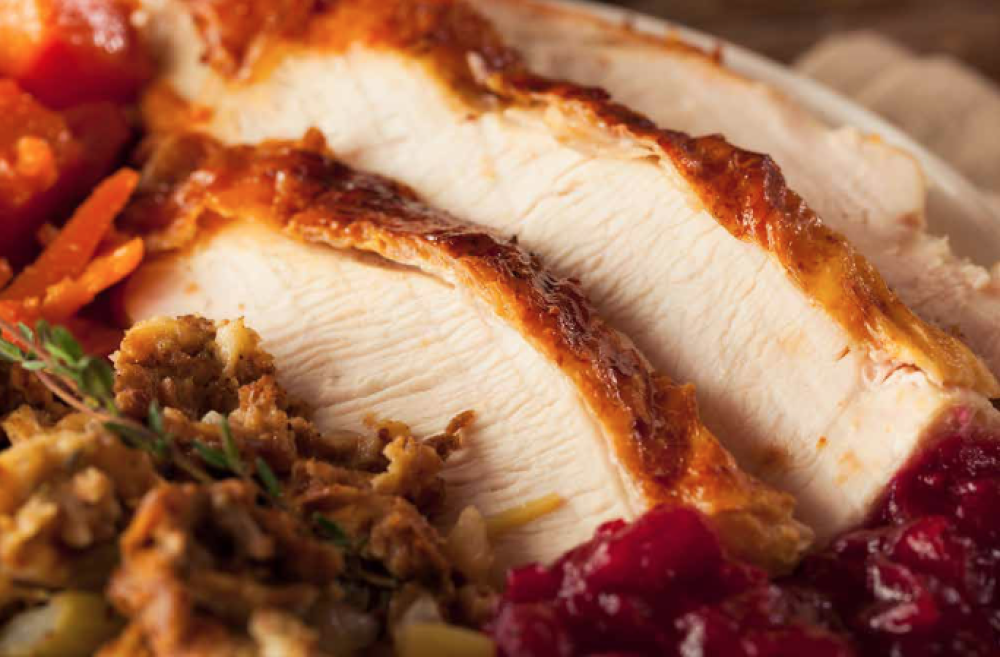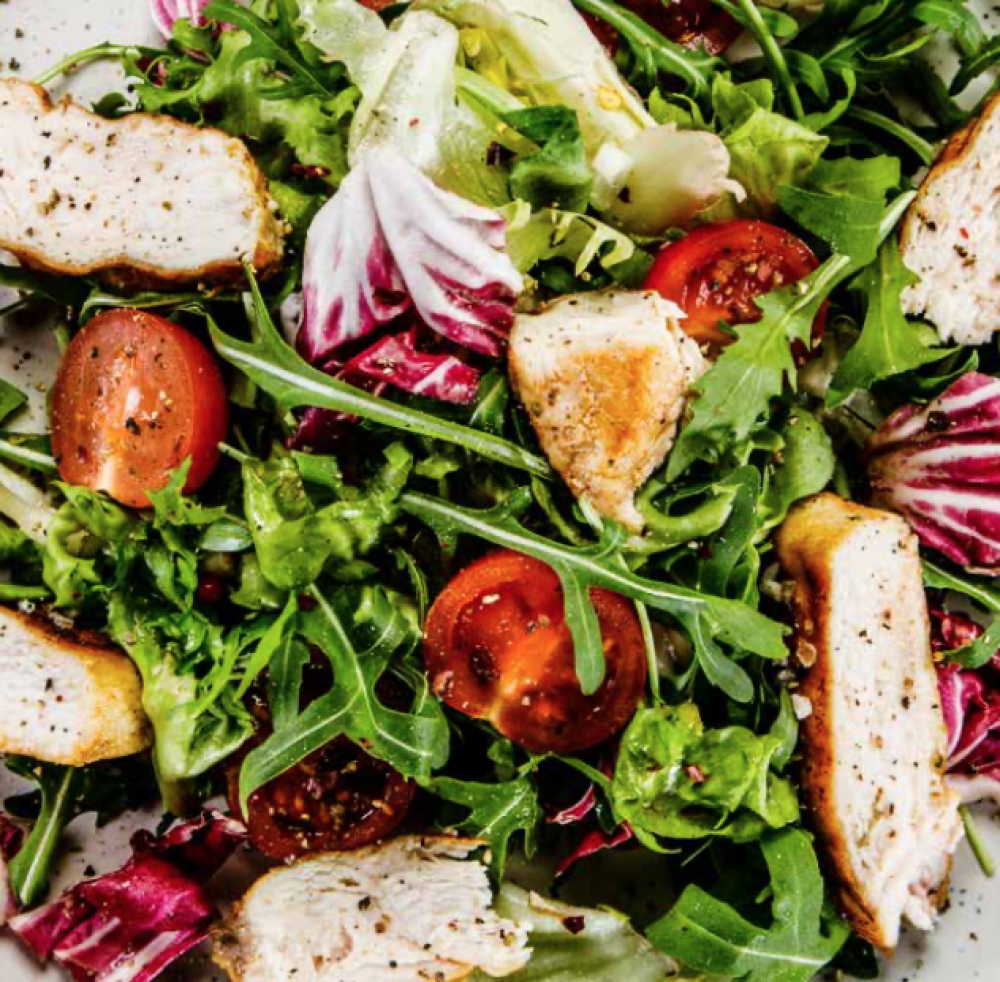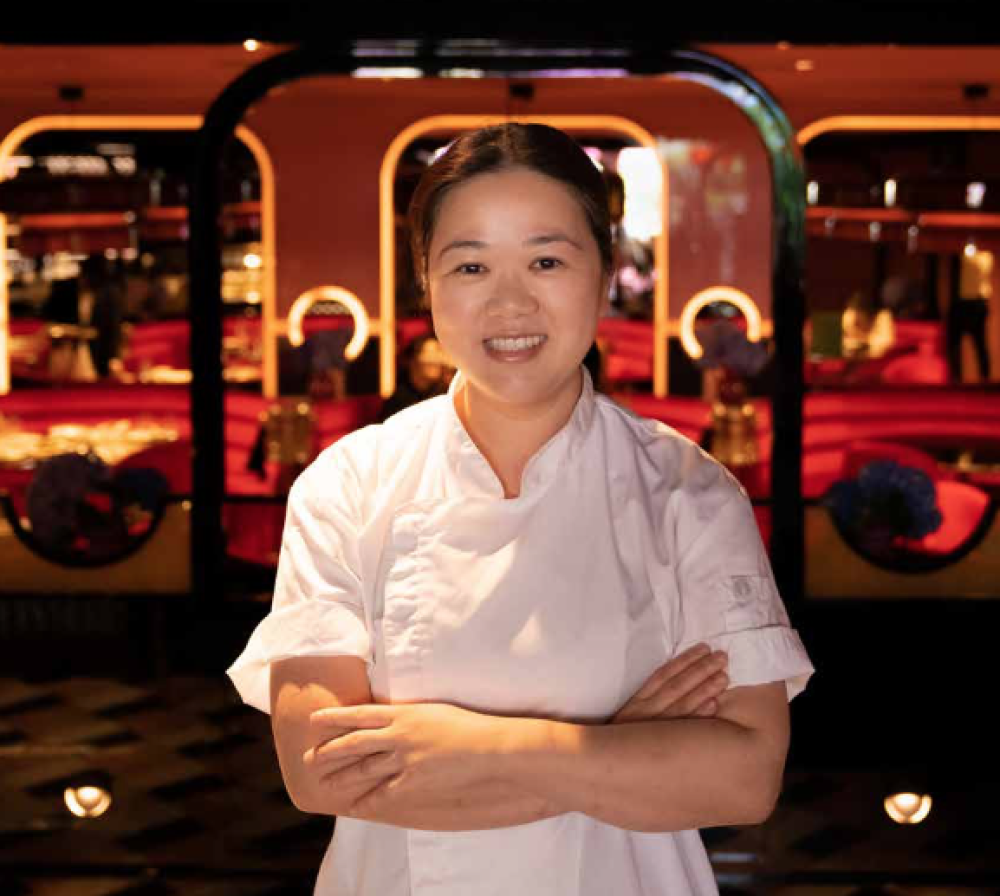Chefs share their takes on Thanksgiving turkeys
Nov 16, 2023
The one seemingly non-negotiable item on the Thanksgiving table? The turkey. Roasted, basted and stuffed, with a side of mashed potatoes, stuffing, green bean casserole and biscuits. But after a lifetime of the same old bird, perhaps it’s time to branch out with something a bit different. Stephenie Gee reaches out to three of our favourite Chinese chefs for their unconventional but delicious takes on the Thanksgiving staple
Silas Li, Hong Kong Cuisine 1983

“As a Chinese chef, I find the lean and low-fat nature of turkey to be a versatile ingredient that pairs well with strong flavours. When it comes to preparing turkey, I believe different cooking techniques can bring out the best of its various parts. For the turkey leg, slow cooking allows the flavours to develop beautifully while ensuring the meat remains tender and succulent. Turkey breast, as it’s relatively dry, benefits from a fast cooking method – deep-frying locks in the juices and creates a crispy exterior, resulting in a contrast of textures.

Given the characteristics of the turkey, I have created a Trio of Turkey dish – ginger turkey soup with spring onion, crispy turkey breast with spicy salt and sea cucumber , and turkey leg roulade with crab roe sauce to create three different experiences. Through this trio of turkey dishes, I aim to showcase the versatility of this ingredient and demonstrate how it can be incorporated into traditional Chinese cooking techniques. I hope they will delight both turkey enthusiasts and lovers of Chinese cuisine alike.”
Archan Chan, Ho Lee Fook

“I would actually be curious how a turkey would turn out if I cooked it using a Chinese cooking method for chicken. For example, curing and then poaching it – to be shredded for salad – or perhaps roasting it like goose to achieve a crispy skin. As long as we use a technique that won’t overcook the meat, it could be nice. I would love to pair it with sand ginger to see whether it would match.”

Theign Phan, Grand Majestic Sichuan
“Turkeys are quite large birds, so I would first treat them the way Chinese chefs do with most animals by breaking them down into various parts and applying different cooking techniques to said parts.

When it comes to stir-frying, deep-frying, blanching or boiling, in Chinese cooking, we use a technique called “velveting”, which helps prevent meat from drying out or losing moisture during the cooking process. Since turkeys are notorious for being dry, I would velvet their meat (specifically the breast) and recreate the Sichuan dish bang bang ji, substituting the chicken for turkey.

By velveting the turkey breast meat, the issue of dryness would be eliminated, and then I could poach and shred the meat and mix it with a “strange flavour” spicy sesame sauce, which pairs well with the
juicy, cooked meat.”
Also see: #legendeats – 12 new F&B happenings



























